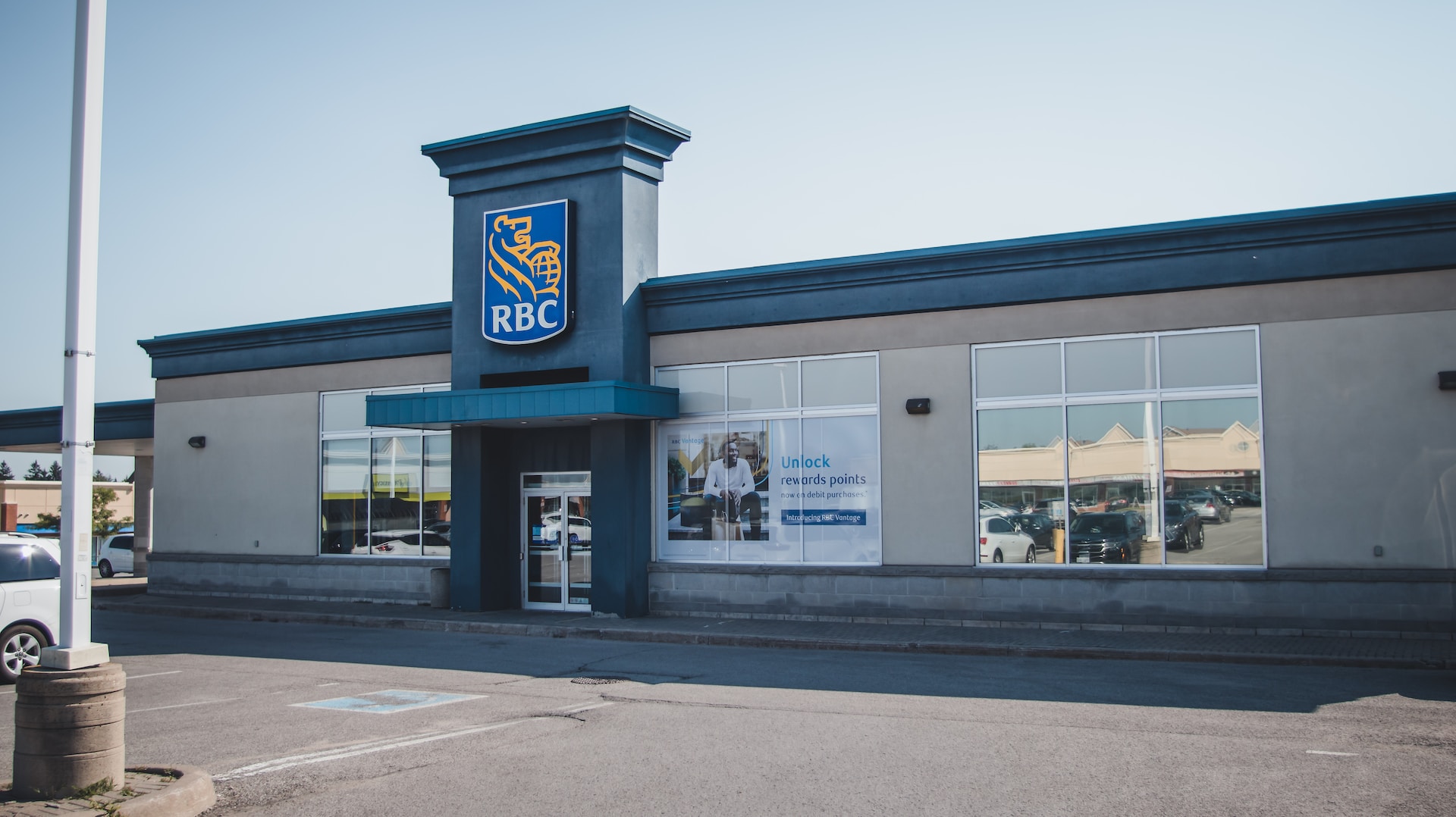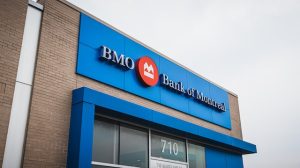The Impact of Loan Losses on Major US Banks
The COVID-19 pandemic wreaked havoc on global economies, and the finance industry was no exception. Big US banks have been grappling with a significant increase experiencing loan-related losses since the onset of the pandemic. However, they have also been executing diverse approaches to mitigate the impact and support their customers during these challenging times. This article delves into the impacts of this surge in loan losses. It also analyzes the strategies adopted by these banks to lessen the consequences.
Understanding the Factors Following the Increase in Loan Losses
Several factors caused the rise in loan losses for big US banks. The pandemic-induced economic downturn resulted in widespread business closures, workforce cuts, and financial hardships for individuals and companies alike. Hence, many people struggled to make ends meet and businesses faced unprecedented challenges. As a consequence, borrowers struggled in making loan payments, leading to increased delinquencies and defaults.
Additionally, sectors heavily affected by the pandemic, such as hospitality, journeys and consumer goods, experienced a sharp decline in revenue. This decline in revenue has presented challenges for businesses in these sectors to meet their financial obligations. The chain reaction reverberated throughout the banking industry. It forced financial organizations to strengthen themselves for a surge in loan losses.
Approaches Utilized by Big US Banks to Mitigate Loan Losses
To mitigate the effects of rising loan losses, big US banks implemented various strategies. One approach was to strengthen credit risk management practices by reviewing borrowing requirements. One other approach was to enhance due diligence processes. Credit unions directed on identifying high-risk borrowers and implementing stricter underwriting guidelines to reduce the likelihood of default.
Furthermore, proactive loan restructuring and tolerance programs were introduced to provide borrowers with temporary relief. By working closely with struggling borrowers, banks intended to preserve cash flow. They also aimed to prevent further default on loans. This approach allowed borrowers to navigate the crisis while ensuring banks reduced their losses.
Looking Ahead: Predictions for the Fate of Loan Losses in the Banking Sector
With the entire globe emerges from the pandemic, the future of loan losses in the banking sector remains uncertain. While the rollout of vaccines and economic recovery efforts provide hope, the extended consequences of the pandemic on borrower financial health cannot be ignored. While we traverse through these challenging times, it is crucial to address the potential consequences and develop strategies to support individuals and businesses in rebuilding their financial stability. Big US banks must continue to closely monitor the loan assets they possess. They should further modify risk management strategies and remain prepared for potential challenges.
In conclusion, the surge in loan losses confronted by prominent US banks since the pandemic has had far-reaching implications. By understanding the factors behind this rise, analyzing the strategies employed, and considering future predictions, parties involved in the banking domain can navigate with greater ease the current financial landscape.












